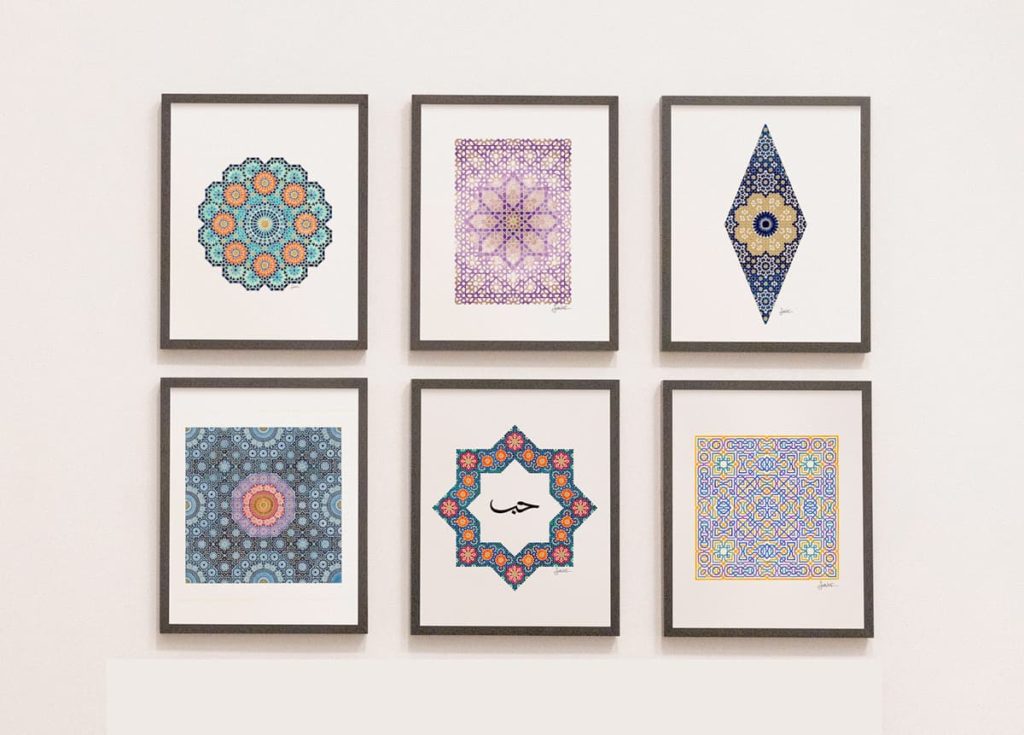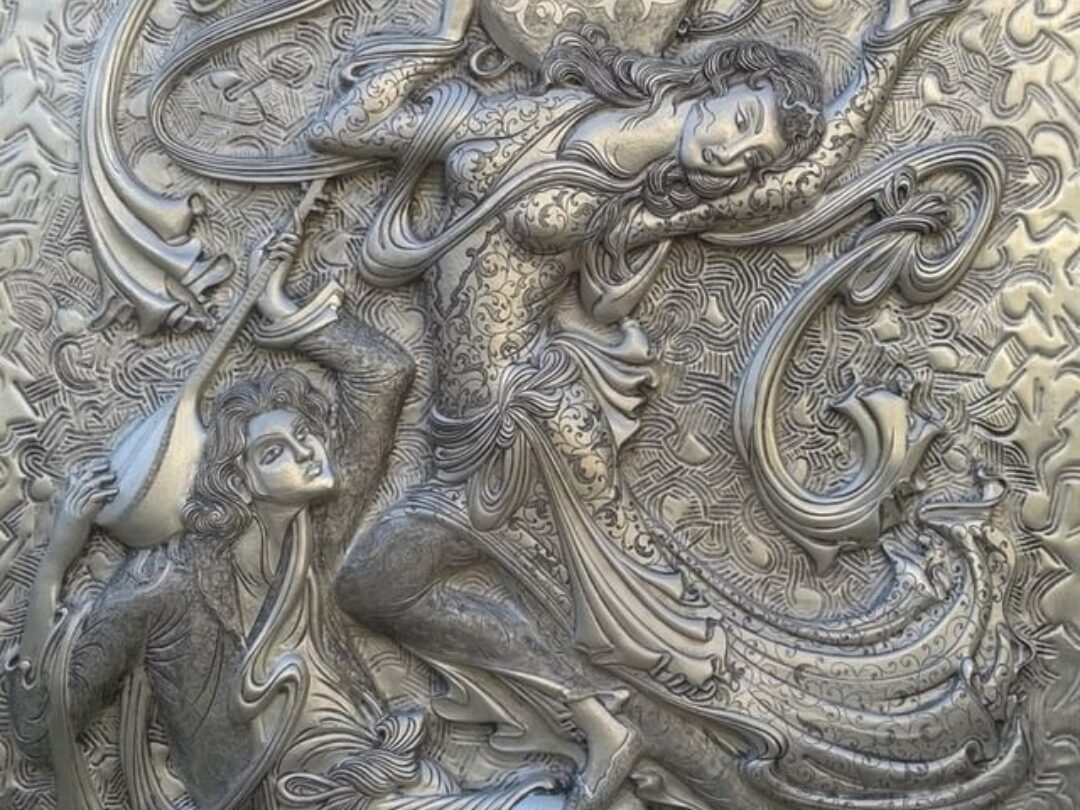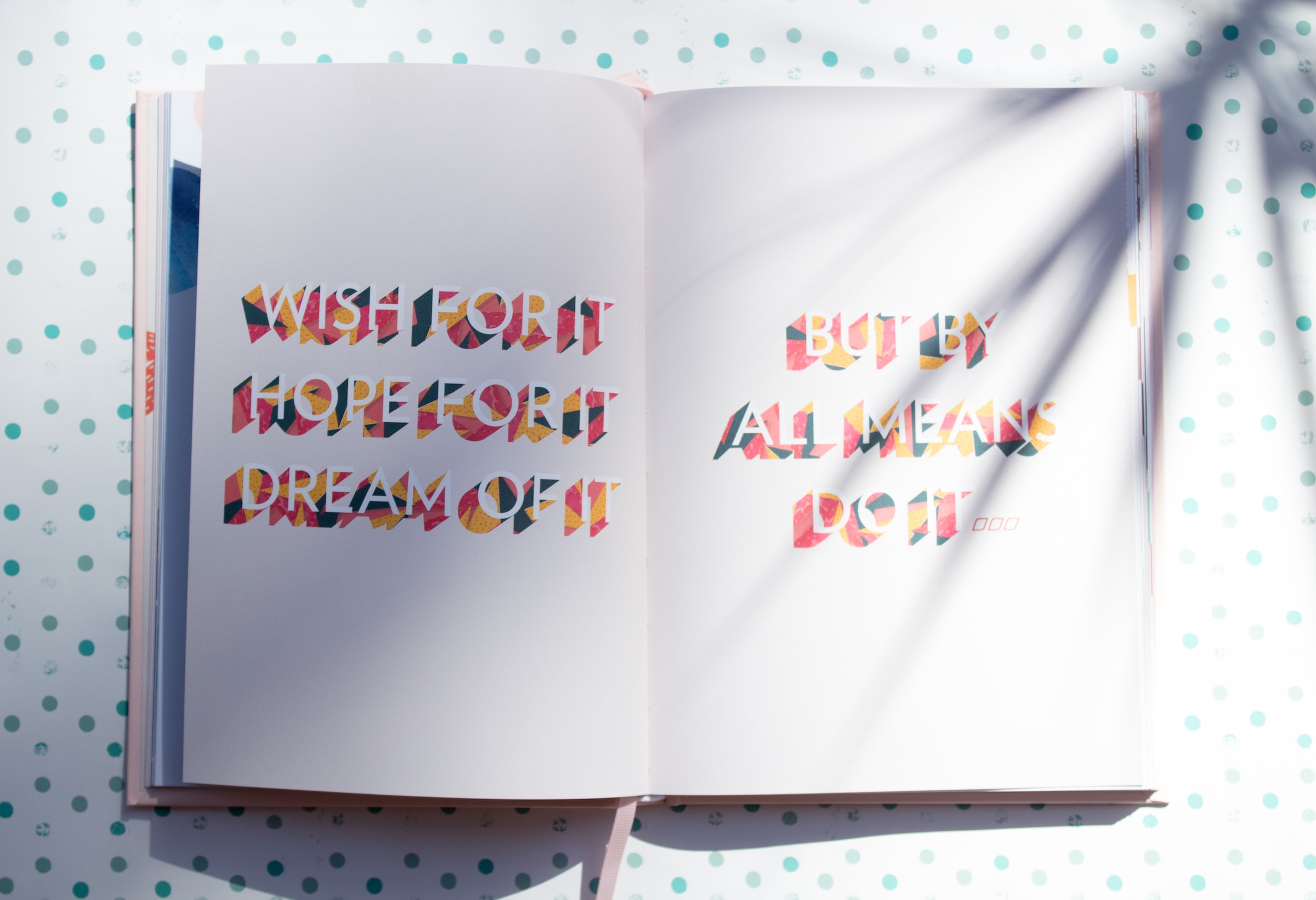
Today I’m going to talk about how to make prints of your artwork
How many times have you read captions like “DM me if you want a print” or “limited edition of 10 prints” or even “giclee prints available.”?
What is a giclee print? Where do you print them? Why should you make them?
These are just some of the questions I’m going to reply today.
First thing first.
WHAT IS A PRINT?
A print can be either graphic artwork, which has been conceived by the artist to be realised as an original work of art, or a copy of an artwork.
In our case, most of the time, it’s the latter one.
More and more artists include prints as part of their sales because it’s an excellent way to make some extra money and satisfy your clients.
When you sell original artwork, only one person gets to appreciate your work.
With prints not only you see more reward from a piece you put so much time and effort into, but you can reach even more art buyers who may have loved the original work but couldn’t afford it.
A giclee print (don’t ask me how to pronounce it as I’m not able too HA!) is a print made with large format inkjet printers that apply ink precisely. They give artists a high-quality impression of their original art, but not all inkjet printers produce giclee prints.
First of all, to be able to make a high-quality print, the image file of an art print needs to be at least 300 DPI (dots per inch). The more dots of colour that can be printed in a small area, the more detailed your final image will appear.
Also, the ink and paper used must be high quality and considered “archival” which means they will last forever.
PRICE AND AVAILABILITY
The price of a print depends on many factors.
In this blog post you can learn how to price your artwork but for prints let’s just say it mainly depends on their availability.
There are two types of prints: limited edition prints and open edition prints.
Open edition means that the number of prints that can be created and sold is unlimited, and this offers the artists a constant source of possible revenue.
On the other hand, limited edition prints are more valuable in the eye of the buyer, so the artist is able to charge more for this type of artwork.
But be aware that once the number of prints is chosen, no more can be created after they are all sold.
INFORM YOUR CLIENT
Stated that you are the sole owner of your artwork (unless you have sold your rights to the client which I don’t recommend) you are free to make prints any time in any quantity.
Now, imagine being the one who bought the original and you find out that someone else on this planet has a print of the same artwork you are so proudly showing to your friends. Wouldn’t you prefer the artist told you about that?
I know it’s not your duty, but being polite costs nothing plus you show respect to your client, which is a win-win for future sales.
Make sure to warn your client about you making copies of the original artwork they bought.
Never ask for permission as you are giving them the option to say NO, just send an email about what you are going to do.
I’m sure they wouldn’t mind you doing so.
WHERE TO PRINT
I know some artist make their own prints at home with their printer.
Nothing wrong with that, but in that case, you can’t say it’s a giclee print (unless you are willing to spend +3000€ for a professional giclee printer).
Otherwise, you have to find a professional printer. Make sure you do your research and ask other artists in your community who they recommend. Feel free to visit those studios, speak with the printers, and look at samples of their work.
You can also outsource the whole process to a company which prints, packages and sends the prints for you for a small fee. For example I collaborate with Islamic Art Prints for my prints.
All in all, it may sound a long process, but once you are done the road to success is guaranteed.
PS: I’ve created a free digital print for you. You can dowload it here.
Use it as wallpaper on your desktop and smartphone or print it out and hang it on the wall. This free print is a perfect mix between digital form and hand-drawn quality
How to Make Prints of Your Artwork
September 24, 2020



Interesting. Looking forward to the next post.
Thank you for this blog post, dear Sandy!! ❤️
Very good post, thanks Sandy. Please can you say how you photograph your artwork ready for printing? Thanks so much.
Thank you! This is a topic that scares me in trying to step into selling art so this has been helpful. Especially the point about not undercharging.
Brilliant post Sandy. May I ask, what do you print at work on? Thank you